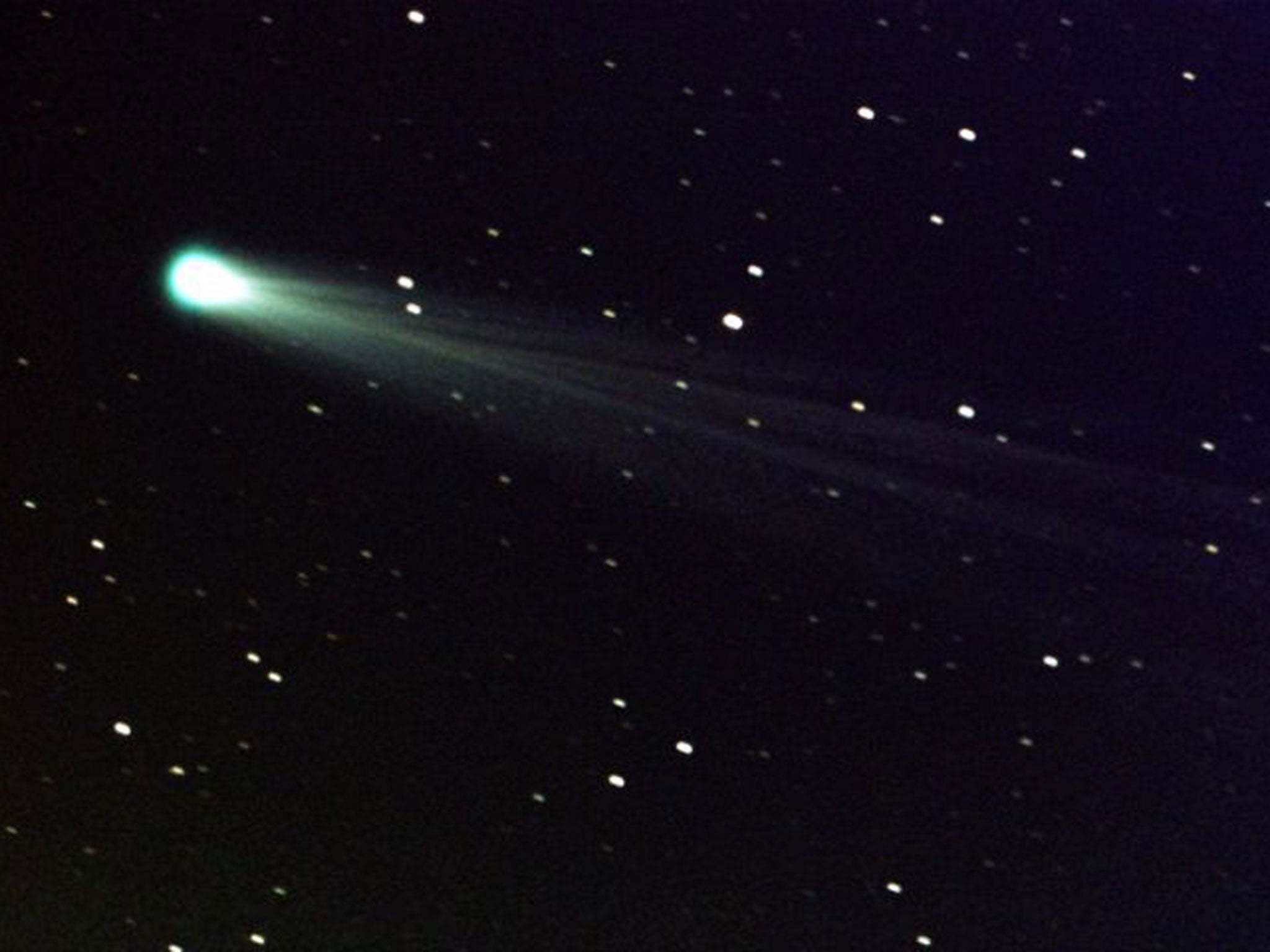Will Comet Ison survive its close encounter with the sun?
All eyes will be firmly on the skies this Thursday as the 'star-grazer' brushes the sun's corona

Your support helps us to tell the story
This election is still a dead heat, according to most polls. In a fight with such wafer-thin margins, we need reporters on the ground talking to the people Trump and Harris are courting. Your support allows us to keep sending journalists to the story.
The Independent is trusted by 27 million Americans from across the entire political spectrum every month. Unlike many other quality news outlets, we choose not to lock you out of our reporting and analysis with paywalls. But quality journalism must still be paid for.
Help us keep bring these critical stories to light. Your support makes all the difference.
This week will see the moment of truth for Comet Ison, the much-awaited “comet of the century” that could be about to put on one of the greatest celestial lightshows in living memory.
For the past year scientists have been tracking Ison’s movement as it hurtles towards the inner solar system, and on Thursday it is set to pass through the corona of the sun itself.
The comet is around 4.6 billion years old – forming at the very beginning of the solar system, and has been sitting quietly in the outer reaches of the sun’s gravitational field for almost all that time.
Relatively recently, Ison was knocked out of the distant Oort cloud and began its journey towards the sun. That light-year-long trip is very nearly at an end, and astronomers still don’t know if it is one that it will survive.
Speaking to a BBC Horizon special on the comet last night, Dr Matthew Knight said there are three possible scenarios for what will happen on 28 November.
Option one is for the comet to be pulled apart by the gravitational force of the sun, stretching it beyond breaking point and forcing it to explode as it leaves the corona. Ison is an average-to-small sized comet, making this scenario a real risk.
Option two is for Ison to succumb to the heat of the sun. Comets are largely made up of ice and other frozen gases, and while this one is a “star-grazer”, expected to only pass the sun once, it could experience heat of up to 2,000C and may simply fizzle out.
The third and final scenario is the one Dr Knight, who has studied Ison for a year and recently became the first scientist to ever capture it on camera, is hoping for.
As the comet flies through the corona, the gases could be heated up and ignited just enough to produce a tail burning off in the wake of Ison’s flight, but not enough to destroy it entirely.
If this happens, millions of people in Earth’s northern hemisphere will be able to witness an extraordinary display in the night sky. The comet could appear as a bright object near the horizon, with a tail extending all the way overhead.
If Ison survives its brush with the sun, it will be visible from the 3 December and throughout most of the month.
Aside from this being an extraordinary visual experience, scientists also hope to be able to measure the contents of the tail with a spectrometer. For the first time since such technology has been available to astrochemists, they will be able to measure something which we know has existed, almost entirely unchanged, since the start of the solar system.
Expect there to be a lot of people – scientists and stargazers alike – with fingers firmly crossed this Thursday.
Subscribe to Independent Premium to bookmark this article
Want to bookmark your favourite articles and stories to read or reference later? Start your Independent Premium subscription today.
Join our commenting forum
Join thought-provoking conversations, follow other Independent readers and see their replies
Comments